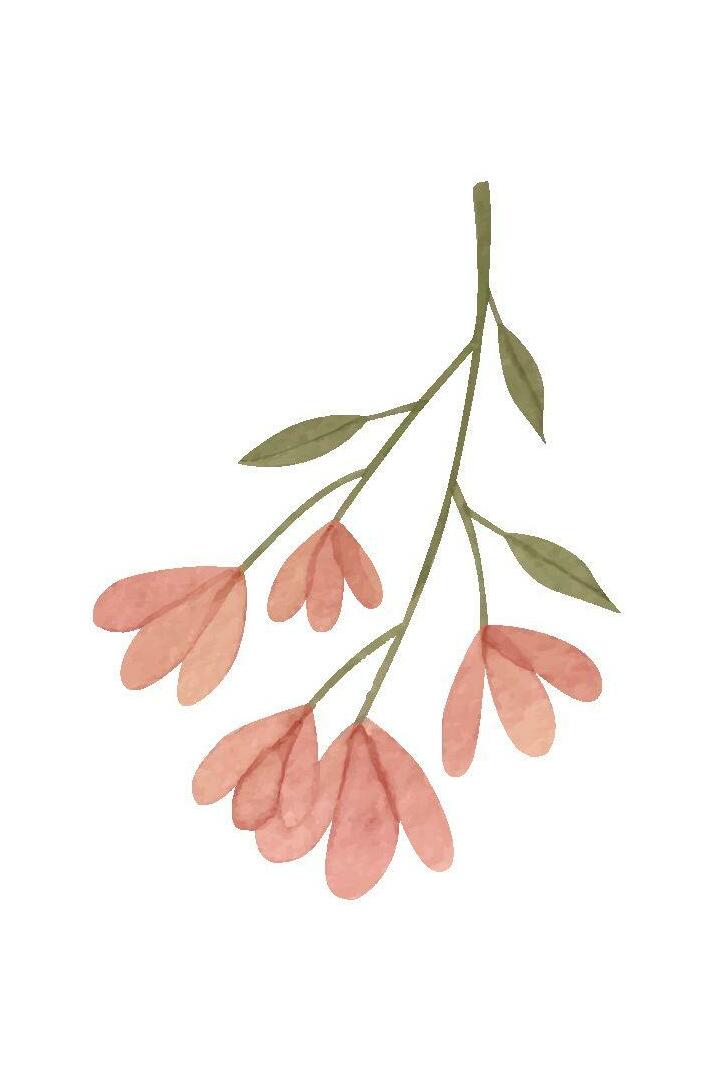Assignment 2: Innovative Planting Proposal















LAND 602 - Plants in the Landscape Prof. Mathis Natvik | Fall 2022



The practice of using forest-like structures and their attendant ecosystems for the cultivation of human food.





Leidsche Rijn District, Utrecht Municipality, The Netherlands

Built up with multiple layers of trees, shrubs and plants, together forming an integrated ecosystem. ● The canopy



The different vegetation types and species attract insects and organisms that enforce each other.








Space #5 on the “UCalgary Green spaces” Map Create a food forest between the Dining hall and the residence buildings





Plant layers exist to mimic the verticality of forests. This extensive layering from canopy to ground allows for much more life in a single area than the flat planes of conventional gardening 7 agriculture.
Upper Canopy Lower Canopy



Polyculture plant communities mimic the diversity and self-sustainability of natural ecosystems. It involves interplanting a range of species according to their ability to co-exist or benefit one another spatially, temporally, nutritionally or environmentally.











Area:687m






Baptisia australis

● Attractive to pollinators & birds.
● Deep taproots break up heavy clay and creating channels for aeration and better water absorption.
● Profuse nitrogen fixers
● Very hardy once established ● Can tolerate standing water





Rubus idaeus 'Heritage'
● Excellent flavor, firmness and fruit size.
● Two harvest seasons, with a moderate yield in July and heavy yield in September until frost.
● Self-fertile, dark red raspberry that spreads fast and produces a crop in the first year.






● Produces large berries that have a sweet taste and a firm texture—great for jams, syrups and baking.
● Everbearing, repeatedly producing fruit across most of the season.
● Attractive to pollinators & birds.
● Vigorous, and shows good disease resistance.

● Produces small strawberries that may be harvested throughout summer.

● Compact, excellent groundcover.
● Vigorous, and shows good disease resistance.
 Fragaria x ananassa ‘Albion’
Fragaria x ananassa ‘Albion’
Viburnum lentago
● Produces a bright red-stalked variety of rhubarb—great for jams, syrups and baking.

● Excellent source of mulch.
● Produces dark fruit that is quite dry but can be processed to make jams and syrups.

● Vigorous, low-maintenance & shows good disease resistance.
● Attractive to pollinators & birds.

● Produces large round apples that have a sweet taste and a crisp texture.


Malus ‘Big River’
● Produces large crisp hardy red apples with an exceedingly sweet and juicy flavour.







canadiana 'Taylor'
● Produces sweet fruit of deep yellow to orange-red with sun exposure.
● Hardy & shows good disease resistance.
● Provides shade for understory.
● Produces fruit like the Asian kaki persimmon except smaller.


● Very hardy cultivar; can withstand -40C.
● Fruit will hang on tree through fall into winter and will not be affected by freezing temperatures.
● Produces edible nuts mature from September to October—Great for roasting or eating fresh.

● Hardy & shows good disease resistance.
● Can be coppiced for poles(wands).
● An excellent source of early forage for bees.
● Produces abundant yellow-green fruit that ripens to red with a purplish blush; berries have sweet flesh and tangy skin.

● Benefits from being planted in a relatively sheltered location.


● Produces sweet tasting, small blue berries which are usually ready for picking from late spring to early summer.

● Has beautiful white flowers in early spring.
● Produces small strawberries that may be harvested throughout summer.
● Compact, excellent groundcover.
● Vigorous, and shows good disease resistance.




























1. Alfrey, P. (2017, January 29). Perennial Polycultures — The Biomass Belt: Fertility Without Manure. Retrieved December 4, 2022, from https://thepolycultureproject.medium.com/perennial-polycultures-the-biomass-belt-fertility-without-manure-f2d503d23237
2. Alfrey, P. (2019, December 31). Biodiversity and Habitat in the garden/farm/landscape, why it is important and how we are attempting to measure it. Retrieved December 4, 2022, from https://thepolycultureproject.medium.com/biodiversity-and-habitat-in-the-garden-farm-landscape-why-it-is-important-and-h ow-we-are-9de5b338431e

3. Berezan, R. (n.d.). Edible plants for the Prairies. The Urban Farmer. Retrieved December 4, 2022, from http://www.theurbanfarmer.ca/edible-plants-for-the-prairies/

4. Designing a fruit tree guild. Lakeside Community Garden. (2020, December 12). Retrieved December 4, 2022, from https://lakesidecommunitygarden.org/designing-a-fruit-tree-guild/
5. Gibbs House. Western Michigan University. (2022, August 22). Retrieved December 4, 2022, from https://wmich.edu/sustainability/projects/gibbs
6. Landzine. (2022, April 26). Rijnvliet edible neighborhood by Felixx. Landezine. Retrieved December 4, 2022, from https://landezine.com/rijnvliet-edible-neighborhood-by-felixx/
7. Spangler, A. (2020). Campus Food Forest (thesis). Retrieved December 4, 2022, from https://digitalcommons.coastal.edu/cgi/viewcontent.cgi?article=1376&context=honors-theses